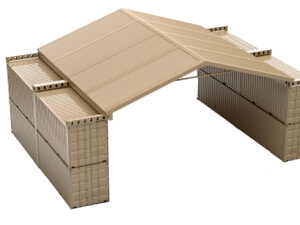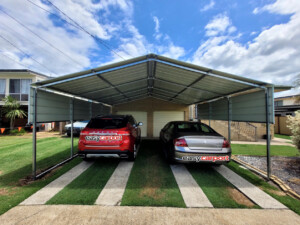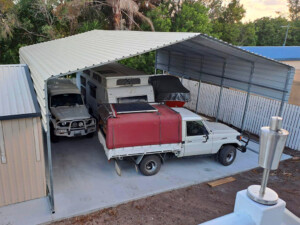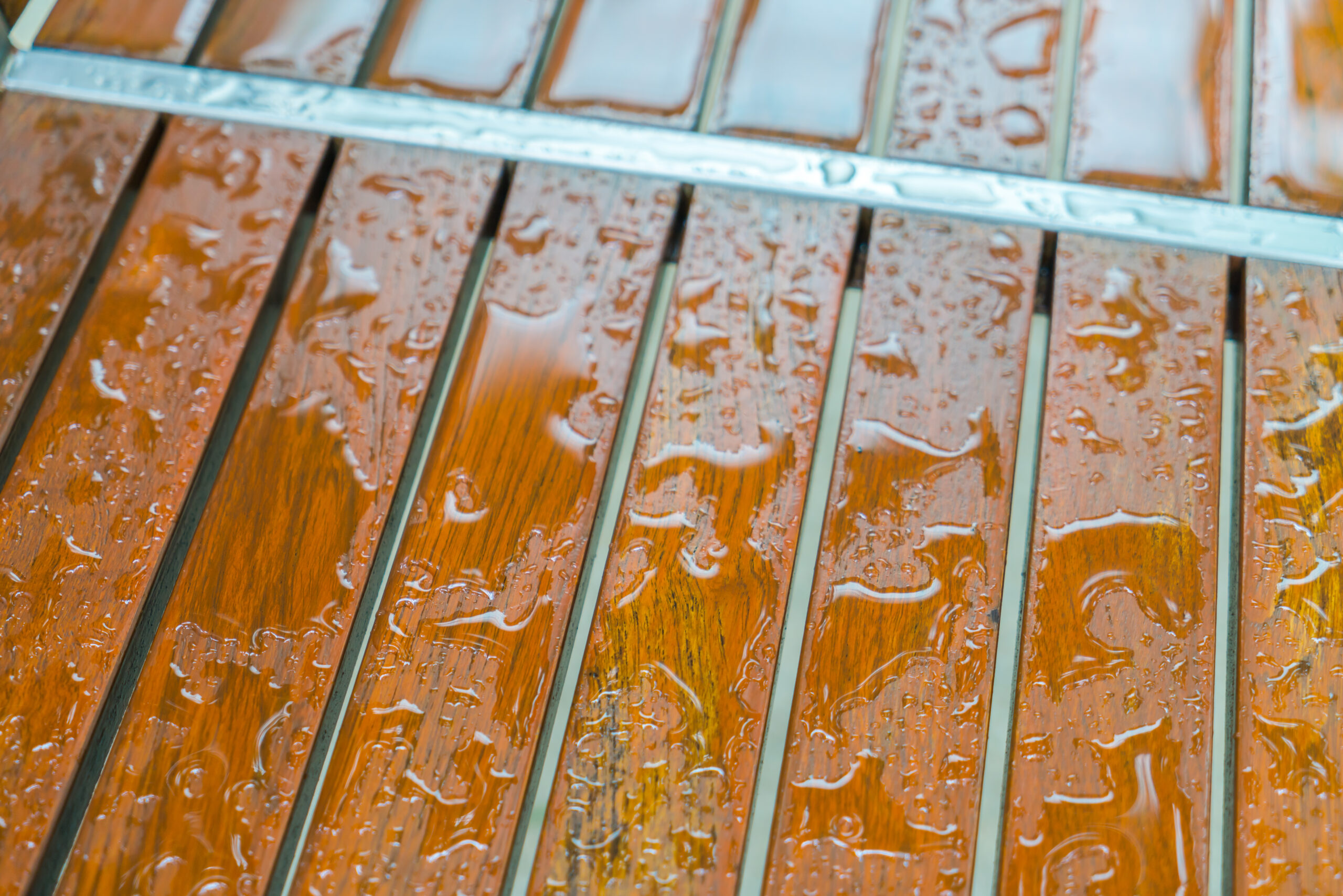Do Metal Carports Sweat? How to Prevent Condensation
Metal carports are popular choices for protecting vehicles and providing additional storage space. However, one concern that arises with metal carports is the potential for condensation or “sweating” to occur. In this article, we will explore the causes of condensation in metal carports, the potential issues it can cause, and effective strategies to prevent and minimize condensation.
Understanding Condensation in Metal Carports
Condensation in metal carports can occur when warm, moist air comes into contact with a cooler surface, causing water vapor to turn into liquid droplets. This phenomenon typically happens when there is a significant temperature difference between the interior and exterior of the carport, leading to moisture buildup.
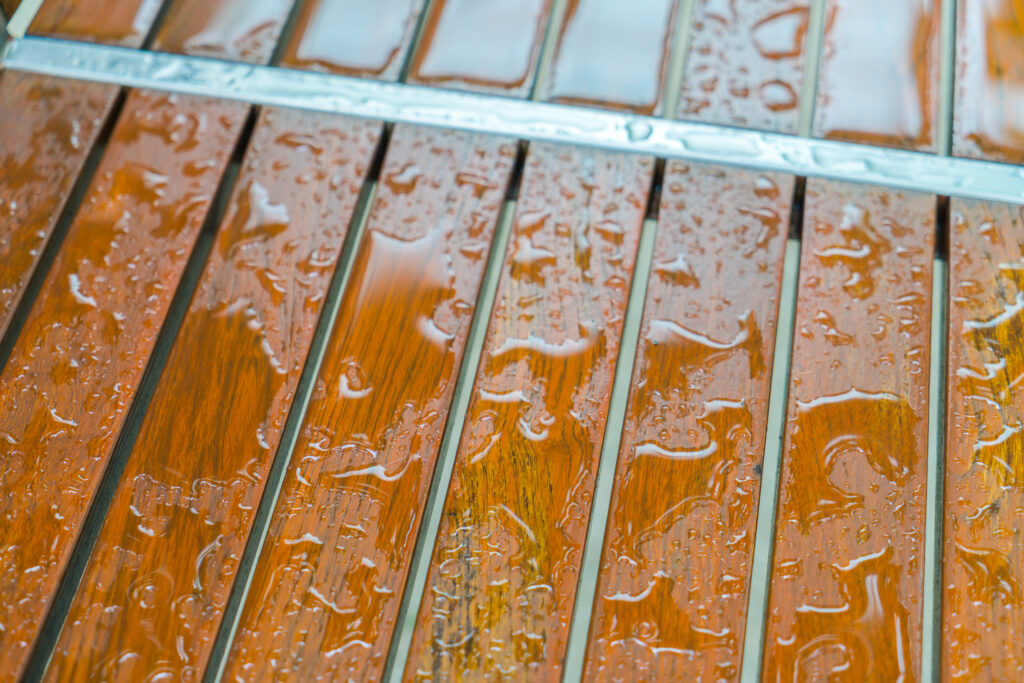
Potential Issues Caused by Condensation
The presence of condensation in a metal carport can lead to several significant issues that require attention. Understanding these potential problems can help you take proactive measures to prevent them. Let’s explore the specific issues caused by condensation in more detail:
1. Corrosion
Condensation acts as a catalyst for corrosion, which can cause severe damage to your metal carport. The moisture that accumulates on metal surfaces initiates a chemical reaction that leads to the formation of rust. Over time, this corrosion weakens the structural integrity of the carport, compromising its strength and durability. Areas exposed to regular condensation, such as roof panels, support beams, and joints, are particularly susceptible to corrosion. Regular inspections and proper maintenance are essential to identify and address any signs of corrosion promptly.
2. Mold and Mildew Growth
Excessive moisture from condensation creates an ideal environment for mold and mildew to thrive. These microorganisms not only compromise the integrity of your carport but also pose health risks. Mold and mildew can spread rapidly, causing discoloration, unpleasant odors, and structural degradation. Inhalation of mold spores can trigger allergies and respiratory problems. To prevent mold and mildew growth, it is crucial to control moisture levels within the carport and promptly address any signs of microbial activity.
3. Damage to Stored Items
Condensation can also impact the items stored within your metal carport. Vehicles, tools, equipment, furniture, and other belongings are susceptible to damage when exposed to excessive moisture. Rust formation on vehicles can affect their performance and resale value. Moisture-sensitive items, such as wooden furniture or electronics, may experience warping, decay, or electrical malfunctions. Taking preventive measures to minimize condensation will help protect your valuable possessions and extend their lifespan.
4. Aesthetics and Maintenance
Condensation-related issues can also affect the visual appeal and maintenance requirements of your metal carport. Water stains and discoloration caused by condensation can mar the appearance of the structure. Regular cleaning and maintenance may be necessary to address these cosmetic issues. Additionally, constant exposure to moisture may lead to peeling paint, deteriorating sealants, and degraded insulation. Monitoring the carport’s condition and promptly addressing any maintenance needs can help preserve its aesthetics and functionality.
Strategies to Prevent and Minimize Condensation
- Insulation: Proper insulation is crucial in reducing condensation in metal carports. Insulating the walls and ceiling helps maintain a consistent temperature inside the carport, minimizing the potential for moisture buildup.
- Ventilation: Adequate ventilation is essential to promote air circulation and prevent stagnant, moisture-laden air from accumulating. Consider installing vents or fans to ensure proper airflow within the carport.
- Vapor Barrier: Applying a vapor barrier, such as a plastic sheet or specialized membrane, between the metal structure and the interior space can help prevent moisture from reaching the metal surface and causing condensation.
- Dehumidification: Using dehumidifiers or moisture-absorbing products within the carport can help reduce humidity levels, minimizing the chances of condensation occurring.
- Proper Drainage: Ensure that the carport has proper drainage systems in place to effectively channel away any water that may enter the structure, preventing standing water or excessive moisture buildup.
- Sealants and Coatings: Applying appropriate sealants and coatings to the metal surfaces can create a protective barrier against moisture, reducing the potential for condensation and corrosion.
- Regular Maintenance: Perform routine inspections of the carport to identify and address any issues that may contribute to condensation, such as leaks, gaps, or damaged insulation. Maintain good ventilation and promptly address any signs of moisture or mold growth.
related Product
-
Container Shed | 6.2m x 12m丨Vertical Gable Roof | Easycarport
$4,699.00 -
Large Tractor Shelter| 4.9m x 9m x 3.1m (3.7m apex)丨Vertical Gable Roof | Easycarport
$3,599.00 -
Double Shelter | 6.2m x 6m x 3.1m (3.9m apex)丨Vertical Gable Roof | Easycarport
$2,599.00 -
Double Shelter | 6m x 6m x 3.1m (3.9m apex) | Wrapped Roof | Easycarport
$2,199.00 -
Large Horse Shelter | 6.2m x 6m x 2.4m (3.2m apex)丨Vertical Gable Roof | Easycarport
$2,449.00 -
Large Horse Shelter | 6m x 6m x 3.1m (3.9m apex) | Wrapped Roof | Easycarport
$2,199.00
Customized carports for unique vehicle types
Do you have a specialized vehicle or a unique configuration? In that case, you might need a customized carport with tailored dimensions. It’s a good idea to consult with a professional to get the best recommendations for your specific needs.
Conclusion
While condensation can be a concern in metal carports, proper preventive measures can significantly reduce its occurrence and mitigate potential issues. By implementing insulation, ventilation, vapor barriers, dehumidification, drainage systems, sealants, and regular maintenance, you can create a carport environment that minimizes condensation and protects your vehicles and stored items effectively. Remember to assess your specific situation and consult professionals if needed to determine the best strategies for your metal carport.
-
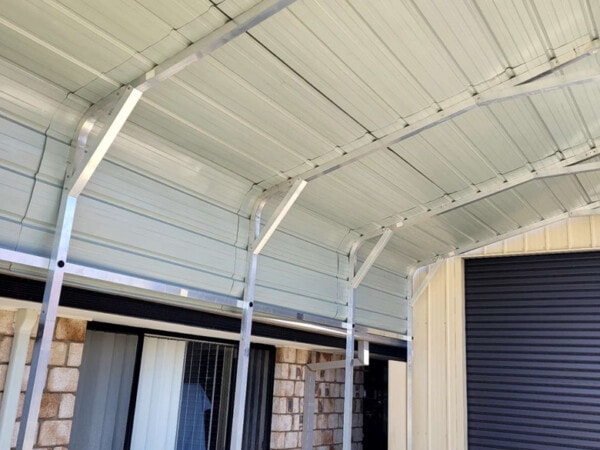
Aluminum vs. Steel Framing for Carports
When choosing a carport, there are many factors to consider, including the material of the frame. The two most common…
-
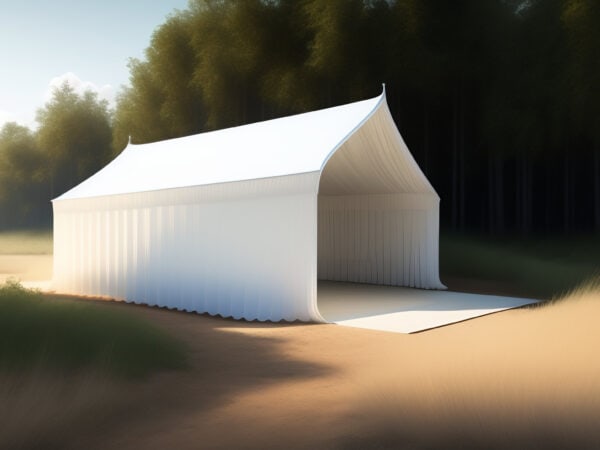
Discover the Ultimate Guide to Metal Carport Sizes for Your Vehicle!
At our company, we understand the importance of finding the perfect metal carport size for your vehicle. Whether you own…
-
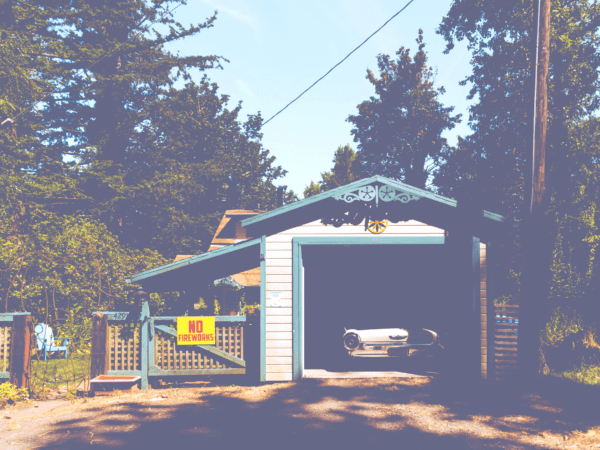
How Much Weight Can a Carport Roof Hold?
A carport is a partially enclosed or open structure designed to provide shelter and protection for vehicles from weather elements…

